GBI Special Report: Fostering Success for Data Center Projects
How a culture of collaboration and openness supported this Nevada development.
During Green Buildings Initiative’s Better Buildings Seminar, a panel examined the design and construction of a data center in Reno, Nev. PowerHouse Data Centers and partners HKS Architecture and Bala Consulting Engineers sought to grasp the distinctive environmental risks of the project, as well as their severity and probability.
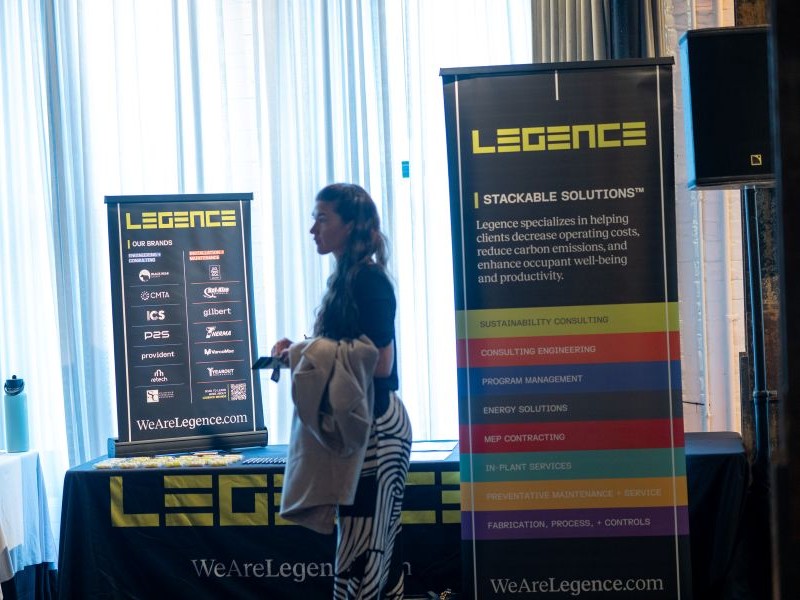
Undertaking assessments, using energy modeling and pursuing third-party, whole-building certification helped the team comprehend how design would impact the building now and in the future. Panelists discussed the importance of company-wide goal setting, integrated design strategy and data collection in decision making.
Moderated by Steve Truebner, business development director, Mission Critical Environments for Legence, the discussion began with a look at the importance of early engagement of partners and broader stakeholders in the project.
“We involved everyone from the start,” said Sherin Sameh, project coordinator, associate with HKS. “We looked at the technical requirements of the project and the setting of the project. There’s a water issue and we have landscaping in our project, so we designed this resilient landscape requiring zero water in an area that gets two or three inches of rain a year. This is how we got our rock-based meditative gardens.”
READ ALSO: Data Center Industry’s Remarkable Momentum
A common argument is that sustainability costs money, added Karen Petersburg, vice president of data center development and construction for PowerHouse Data Centers.
“But this actually saved us money by not having to buy water, which you have to do in Reno,” she added.
Human element
Petersburg presented an example of prioritizing the human element in the data center’s development. When the team was set up in a region unfamiliar to PowerHouse Data Centers, the local general contractor and subcontractors were asked to identify a major need in the area. One of them worked with Eddy House, a non-profit organization striving to create a safe environment for at-risk young people in Northern Nevada, helping them develop the life and job skills needed to become independent adults.
“We saw this as an opportunity the entire team could be passionate about,” Petersburg said. “Food insecurity, a sense of belonging and workforce development were the themes the team started rallying around. We built a hub-and-spoke engagement program, with the hub being Eddy House, and the other partners the spokes. They felt . . . a sense of being able to do something great. For instance, a local casino asked how they could get leftover food to Eddy House. Now each day Atlantis brings food to Eddy House. Our PowerHouse Data Center community engagement team tries to really help the community in a sustainable way that continues after we’re done.”
Cohesive theme
The overarching theme of the discussion was the need for open communication from the very beginning of any data center project. “Bringing everyone together from the start, involving all the stakeholders, this helped us achieve what we did,” Sameh said.
Elizabeth Larsen, senior sustainability engineer for Bala Consulting Engineers, added: “Find people who share the commitment to sustainability, and be comfortable asking the question, ‘Have you done this before?’. Sometimes, we get a little afraid of asking ‘Could this work here?’. Ask the right questions, be willing to learn and create a sphere of influence that can be taken to the next project.”
Petersburg summed up her suggestion this way: “Create a culture of collaboration and openness. And see everyone as an equal and not anything else but human.”

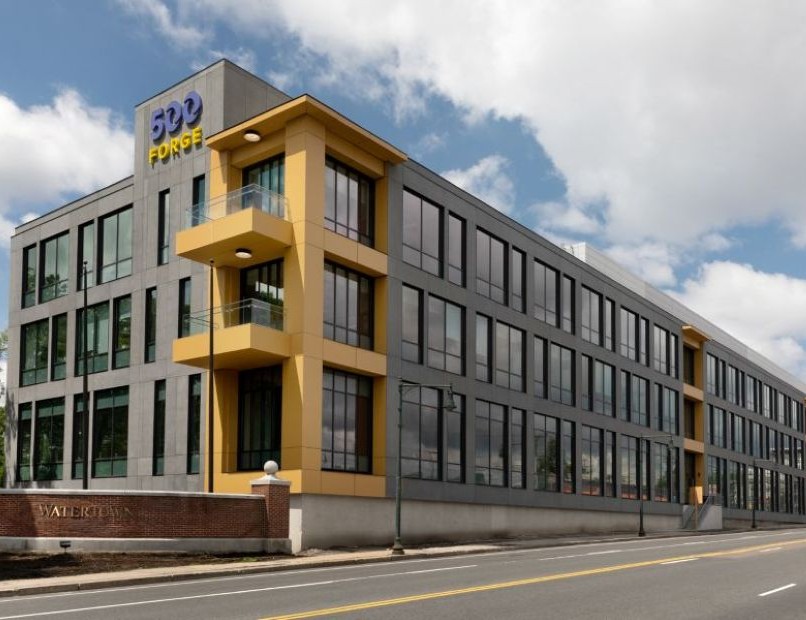
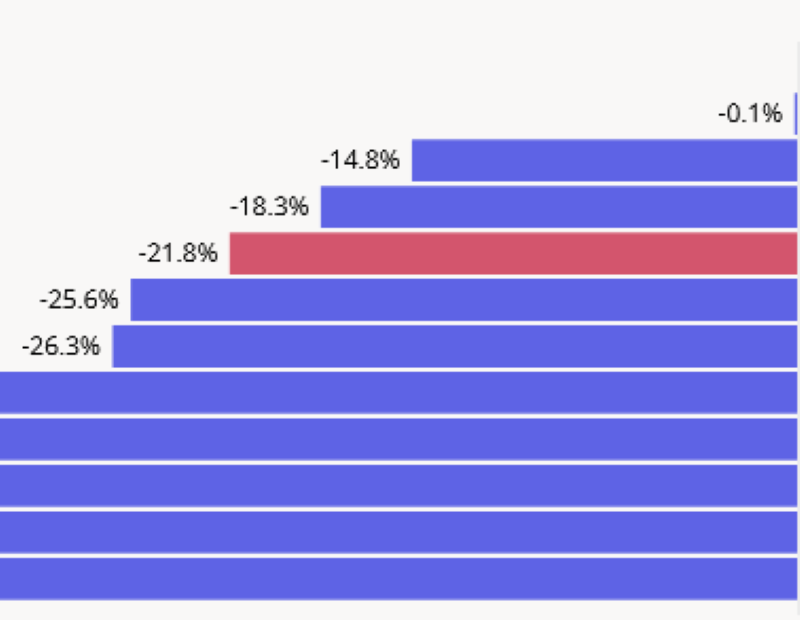
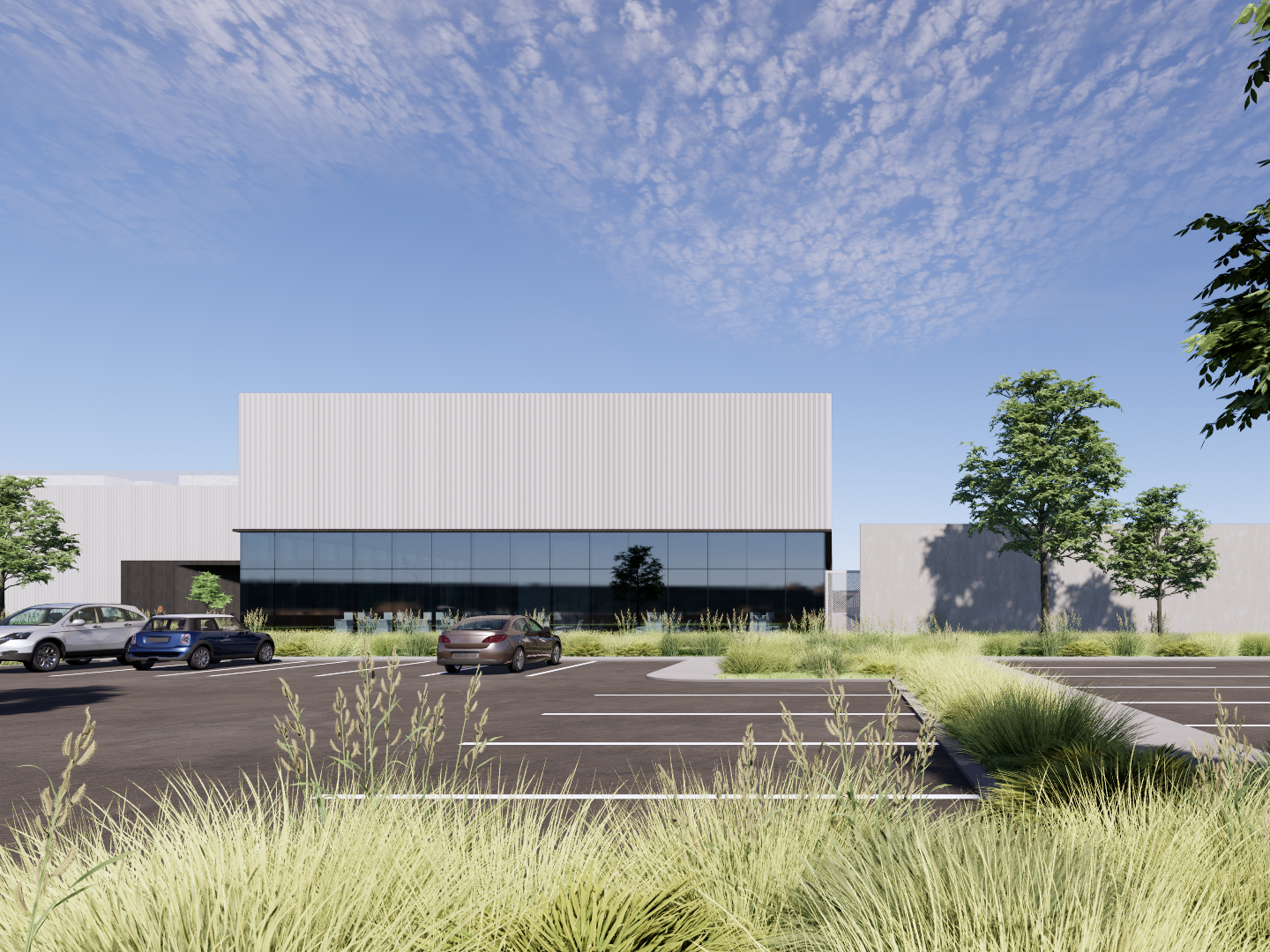
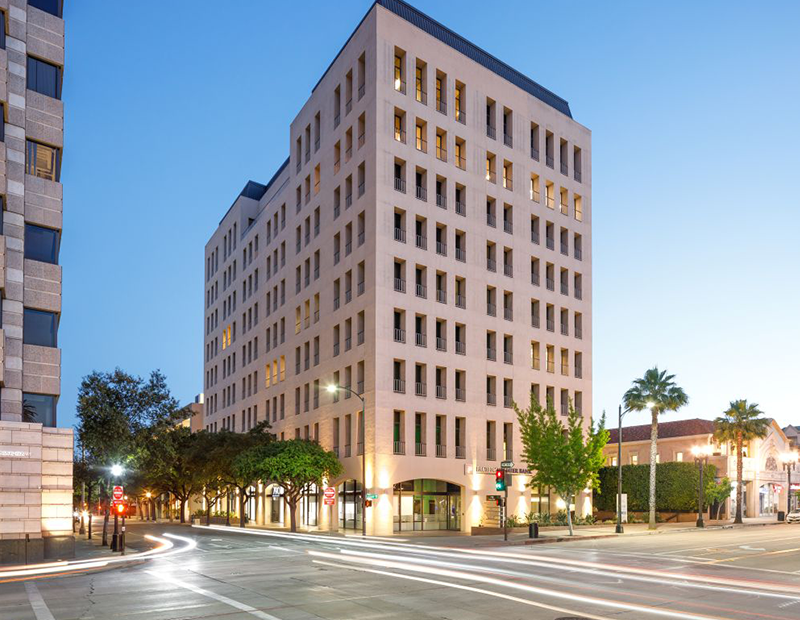
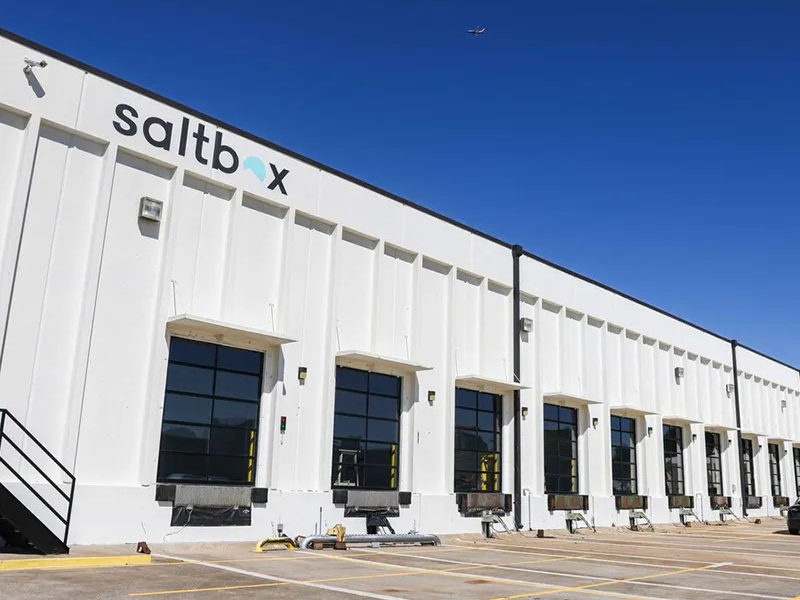

You must be logged in to post a comment.